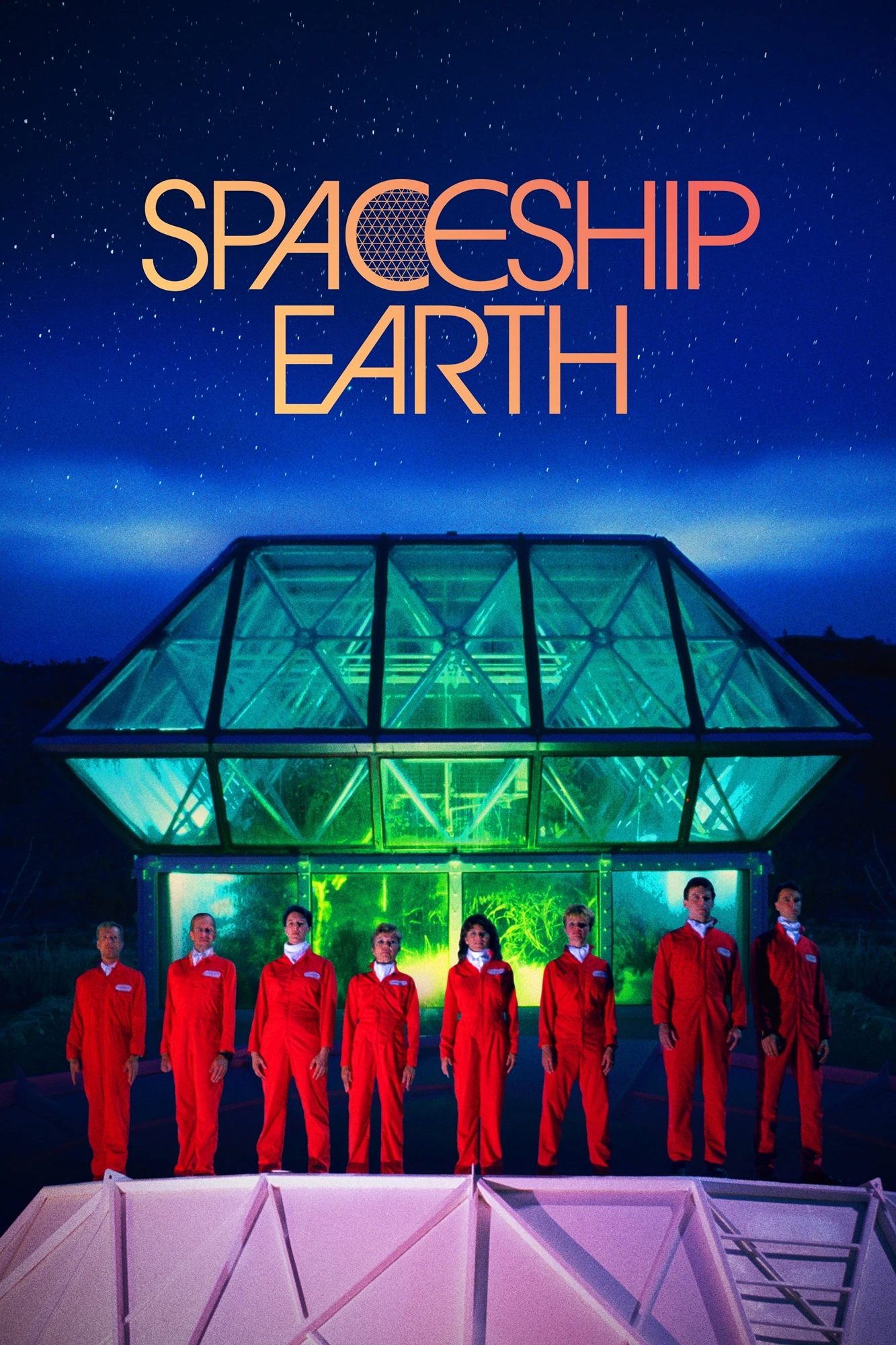Documentary Movie Reviews
(For optimum viewing, adjust the zoom level of your browser to 125%.)
Spaceship Earth (2020)
Rate:
8
Viewed:
2/25

2/25:
If not for Bio-Dome, I would've never heard of Biosphere 2.
Hence, I took a gander at Spaceship Earth and learned more. The beginning was interesting because that's
the point of intersection with Charles Manson and the Family in San Francisco and the whole New Mexico communal
thing as shown in Easy Rider. One thing led to another and then another.
After the success of their shipbuilding project, they decided to create something huge that's similar to a
geodesic dome and called it Biosphere 2.
The goal was to have humans living in a "virtually closed system with plants and animals and atmospheres all
inside," and the experiment would last for two years. Naturally, it failed, negating the idea of a possible
life on the moon or Mars. As neat as the idea sounded, I questioned everybody's thinking. Now, suppose
the project was a success, how would the materials and, most of all, heavy machinery be transported to outer
space? It's going to take thousands of rocket launches and untold trillions of dollars to make that happen.
Given Biosphere 2 cost at least $150 million, why didn't they take it slow? That is, they could experiment
for a month, see what went wrong, and make modifications. Then, everything would be repeated at set timelines
of three months, six months, one year, and two years. In other words, why two years right away? It's not like
everybody needed to be in a hurry since it took billions of years to get to this point. Because they decided to
cheat, the grand experiment was no longer valid. Why didn't they stop it and make adjustments before starting all
over again? It would've prevented the project from becoming a national laughingstock.
The documentary didn't address a lot of things. What's the average intake of calories per person? What were
they eating? Was that the same thing over and over daily? What about animal protein? Why not store prepackaged
and canned food? How did the lavatory system work? What kind of data were they looking for? Why did they need so
many plants and animals, especially snakes and spiders? How about keeping it simple and going from there? Why were
there five different areas based on biomes? How did the HVAC system work, and would that still be feasible in outer
space? What about electricity? Who controlled them: those from the inside or outside? Was everything 100% airtight?
How did they know that?
Biosphere 2 was the largest closed system ever built, taking up three acres. But to me, it's still not good
enough. The biggest question was: how many acres on average would one person require to maintain homeostasis?
Whatever the answer was, that's how you go from there to decide how many acres overall was needed. But the
documentary didn't mention that most of the plants and animals and virtually all pollinating insects died by the
end while there were many unwanted insects surviving. They overstocked the ponds with fish which led to their
deaths. The rainforest overgrew, blocking out the sun for other plants. Even the filtration system was constantly
clogged. There was another go at the experiment in 1994, but the documentary decided to omit it completely.
Somebody said, "It's an ethnically diverse group." Ha! Everybody was white. One woman made an excellent
point, "What we're upset is that there's no multiculturalism inside. I would like to know what a young black
woman from Brooklyn would do in a biosphere, huh?" Another went further to say, "This is an excellent model
for the future, but it won't work. People are too mean. People are too abusive, yeah. People abuse our world.
Our world's going down the tubes." And that's exactly why Biosphere 2 failed horribly.
All in all, forget Bio-Dome; Spaceship Earth is the one to see.